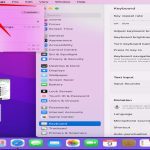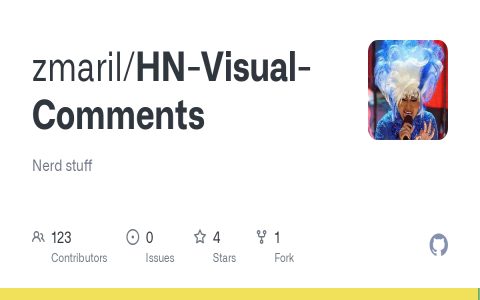Linux on tablets offers a versatile and customizable experience. Here's a breakdown of key aspects:
Distributions
- Ubuntu Touch: Designed specifically for mobile devices, emphasizing convergence and privacy.
- postmarketOS: Aims for a 10-year lifecycle for smartphones and tablets, focusing on sustainability.
- Debian: A universal OS, adaptable for tablets with the right configuration.
- Manjaro: User-friendly and based on Arch Linux, offering a rolling release model.
Advantages
- Customization: Tailor the OS to your specific needs and preferences.
- Open Source: Benefit from community support and transparency.
- Security: Enhanced control over your data and privacy.
- Flexibility: Run a wide range of applications, including those not available on proprietary tablet OSes.
- Performance: Can potentially improve performance on older hardware.
Challenges
- Hardware Compatibility: Ensure your tablet's hardware is supported by the chosen distribution.
- Driver Issues: May require manual installation or configuration of drivers.
- Battery Life: Optimization can be challenging and may impact battery life.
- Application Availability: Some Android or iOS apps may not be directly available.
- Technical Expertise: Requires some technical knowledge to install and maintain.
Considerations
- User Interface: Choose a desktop environment or UI optimized for touchscreens (e.g., Plasma Mobile, Phosh).
- Kernel Support: Check for a kernel that supports your tablet's specific hardware.
- Community Support: Look for active communities for troubleshooting and assistance.











